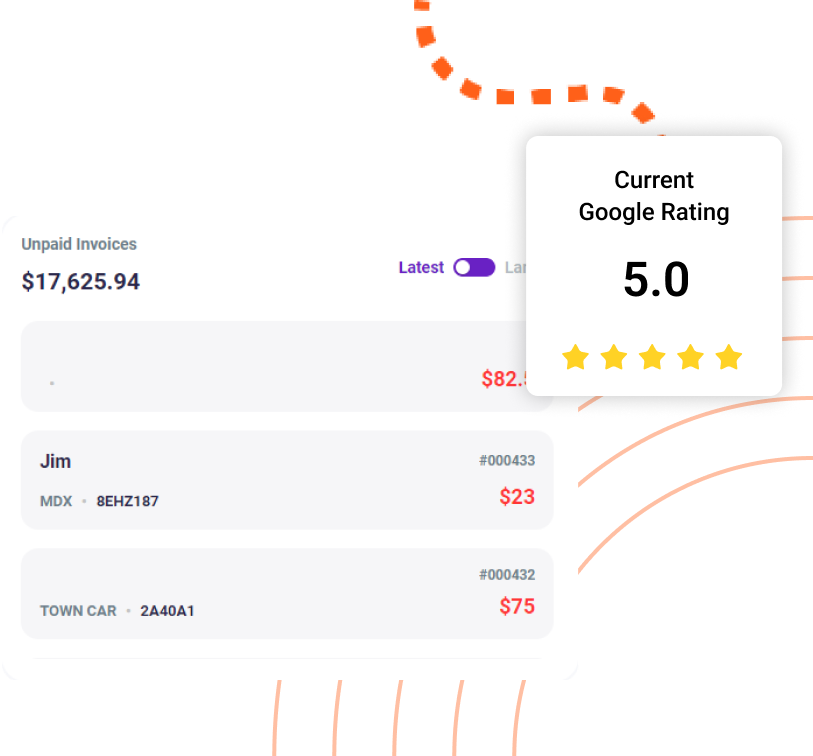We are talking about the bustling season in auto repair!
Imagine your local repair shop, where tools click, engines hum, and every sound tells a story of fixing cars.
Now, think of a time when this place gets busier – that’s the busy season. It’s like the shop’s heartbeat gets faster, and everyone’s rushing to fix cars.
In this blog, we will guide how you can make the most out of the busy season in your auto repair shop. We will give tips and tricks to manage better, such as using an auto repair appointment management system.
Understanding the Busy Season
Understanding the ebb and flow of demand is essential. Analyze historical data to pinpoint when your repair shop experiences a surge in business.
Is it during the winter when cars face harsh conditions?
Or perhaps in the summer when people embark on road trips?
Pro Tip: Utilize customer data and trends to identify the specific months or seasons when demand typically peaks.
Factors Contributing to Increased Demand
- Holiday Travel:
- Back-to-School Period
- Seasonal Events
- Economic Factors
Example:
A repair shop in a colder climate might experience increased demand for battery replacements during the winter months.
Strategic Planning
It is important that you start with strategic planning during busy periods.
For that, you need to examine past years’ data to identify patterns during busy seasons. You need to look at:
- service requests
- popular repairs
- customer demographics’
Pro Tip: Use software tools to generate reports and visualize trends. Graphs and charts can provide a clearer picture of historical data. You can use an auto repair appointment management system.
Flexible Business Plans
Craft a flexible business plan that adapts to the fluctuating demand. Anticipate peak periods and allocate resources accordingly. Having a plan in place ensures that your team is well-prepared for the surge in business.
You can follow the steps below:
- Step 1: Executive Summary
- Step 2: Business Description
- Step 3: Market Research
- Step 4: Organization and Management
- Step 5: Services or Products
- Step 6: Marketing and Sales
- Step 7: Funding Request (if applicable)
- Step 8: Financial Plan
- Step 9: Appendices and Supporting Documents
- Step 10: Review and Revise
Staffing and Training
Assess your staffing needs during the busy season. Consider hiring temporary staff or adjusting working hours for existing employees to meet the increased demand for services.
Tip: Cross-train employees to handle a variety of tasks, ensuring flexibility in staffing arrangements.
Also, you need to provide training programs to enhance efficiency and maintain service quality during peak periods. Efficient workflows can significantly impact customer satisfaction and overall business performance.
Example:
Implementing a quick diagnostic training program can improve the speed and accuracy of initial assessments.
Marketing and Promotion
You need to make a marketing campaign separately for the busy period. This can help you earn more. You should craft targeted marketing campaigns that align with the specific needs of customers during busy seasons.
Pro Tip: Leverage digital marketing channels to reach a broader audience. Use email newsletters or social media to promote seasonal services.
Here are some key points to consider when developing effective promotional strategies:
- Define Clear Objectives
- Know Your Target Audience
- Utilize Multiple Channels
- Create Compelling Content
- Leverage Social Media
- Offer Promotions and Discounts
- Collaborate with Influencers
- Run Contests and Giveaways
- Email Marketing Campaigns
- Loyalty Programs
- Participate in Events
- Optimize for Mobile
- Measure and Analyze Results
- Adapt and Iterate
- Build Relationships
Example:
A “Summer Safety Check” promotion could include discounted rates on air conditioning checks, tire rotations, and fluid top-ups.
Efficient Workflow Management
The next thing you need to get is an effective workflow system.
For that, you need to evaluate and streamline repair processes to handle increased demand efficiently. Identify bottlenecks and implement solutions to ensure a smooth workflow. You can use Torque360‘s auto repair appointment management system for effective management.
Pro Tip: Utilize technology to automate administrative tasks, allowing staff to focus on core repair services.
Time-Saving Technologies
Invest in technologies that save time and enhance productivity.
- Diagnostic software
- Inventory management systems
- Appointment scheduling tools
Customer Communication and Service
In this busy season, you need to give better communication services to your customers.
You should improve communication strategies to manage customer expectations effectively.
You should implement the following strategies:
1. Multi-Channel Communication
2. Personalized Communication
3. Segmented Messaging
4. Interactive Content
5. Visual Communication
6. Clear and Concise Messaging
7. Proactive Communication
8. Real-Time Communication
9. Storytelling
10. Transparency
11. Customer Feedback Mechanisms
12. Educational Content
13. Automated Communication
14. Crisis Communication Plan
15. Cross-Channel Consistency
16. Employee Training
17. Use of Chatbots
18. Celebrate Milestones
19. Community Engagement
20. Measuring Communication Effectiveness
Pro Tip: Use text alerts or email notifications to keep customers informed about the status of their repairs.
Inventory and Parts Management
Maintain sufficient inventory levels to meet the increased demand for parts. Work closely with suppliers to ensure timely restocking.
Pro Tip: Utilize inventory management software to track stock levels, minimize waste, and identify fast-moving items.
You should also establish strong partnerships with reliable suppliers. Negotiate favorable terms for bulk purchases and explore loyalty programs to optimize procurement costs.
Monitoring and Adjusting Strategies
Utilize monitoring systems to track the success of implemented strategies. Analyze key performance indicators (KPIs) to evaluate the effectiveness of marketing campaigns, staff efficiency, and customer satisfaction.
Pro Tip: Regularly review customer feedback and address any recurring issues promptly.
Conclusion:
In the hustle and bustle of the busy season, strategic planning emerged as the driving force. From identifying peak times to optimizing workflows and enhancing customer communication, we’ve unlocked the toolbox for success.
Remember, the busy season isn’t just a challenge; it’s your chance to shine.
So, as you return to the workshop armed with these strategies, consider this your roadmap to not only surviving but thriving during the busiest times.






